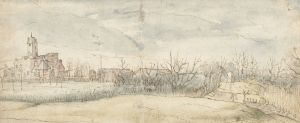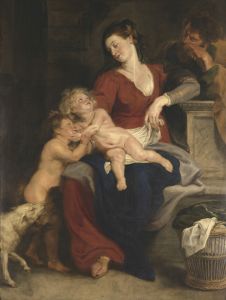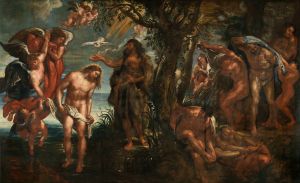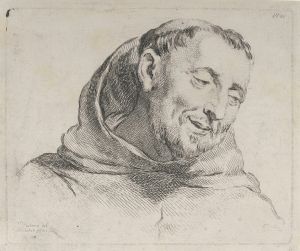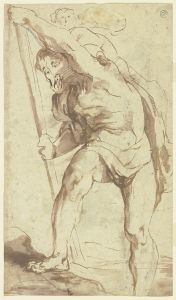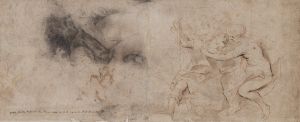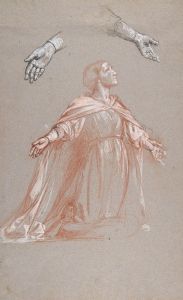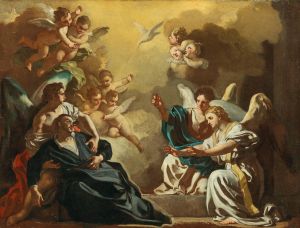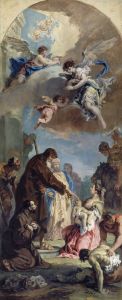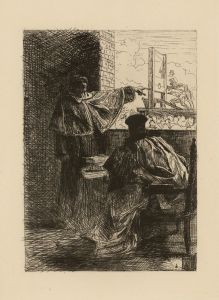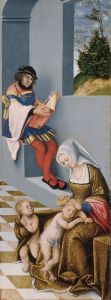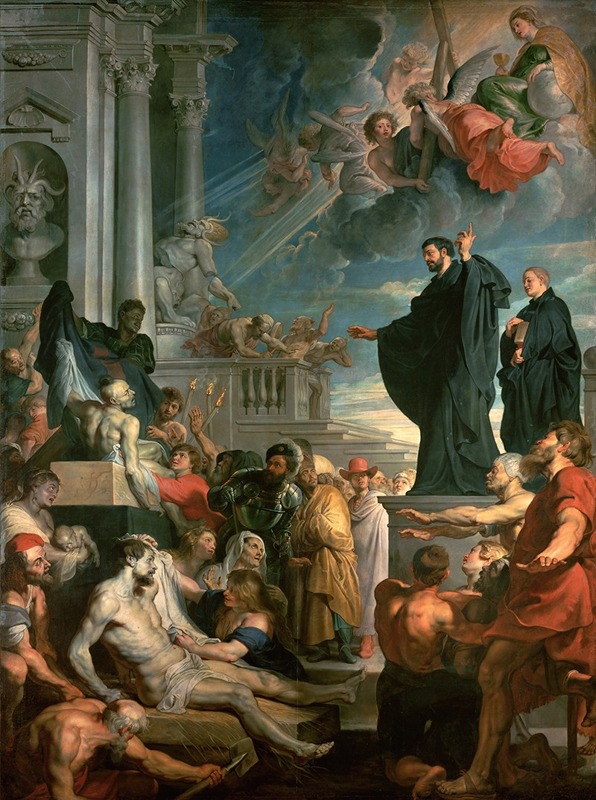
The miracles of St. Francis Xavier
A hand-painted replica of Peter Paul Rubens’s masterpiece The miracles of St. Francis Xavier, meticulously crafted by professional artists to capture the true essence of the original. Each piece is created with museum-quality canvas and rare mineral pigments, carefully painted by experienced artists with delicate brushstrokes and rich, layered colors to perfectly recreate the texture of the original artwork. Unlike machine-printed reproductions, this hand-painted version brings the painting to life, infused with the artist’s emotions and skill in every stroke. Whether for personal collection or home decoration, it instantly elevates the artistic atmosphere of any space.
"The Miracles of St. Francis Xavier" is a renowned painting by the Flemish Baroque artist Peter Paul Rubens. Created between 1617 and 1618, this work is part of a series of paintings commissioned by the Jesuits for the high altar of the Jesuit church in Antwerp, now known as St. Charles Borromeo Church. The series was intended to celebrate the lives and works of two prominent Jesuit saints, St. Ignatius of Loyola and St. Francis Xavier, reflecting the Jesuit order's influence and the Catholic Counter-Reformation's emphasis on religious art as a means of inspiring faith.
Rubens, known for his dynamic compositions and vibrant use of color, was a leading figure in Baroque art, and his work on this series exemplifies his ability to convey drama and emotion. "The Miracles of St. Francis Xavier" depicts the saint performing various miracles during his missionary work in Asia. St. Francis Xavier, one of the founding members of the Society of Jesus, was renowned for his missionary efforts in India, Southeast Asia, and Japan, where he sought to spread Christianity.
In the painting, Rubens captures the fervor and intensity of Xavier's missionary zeal. The composition is filled with figures in dynamic poses, illustrating the miraculous events attributed to the saint. Rubens employs a rich palette and dramatic contrasts of light and shadow to enhance the sense of divine intervention and spiritual awakening. The painting is characterized by its energetic movement and the expressive gestures of the figures, typical of Rubens' style.
The artwork reflects the Baroque period's emphasis on emotional engagement and the use of art as a tool for religious and moral instruction. Rubens' depiction of St. Francis Xavier's miracles serves not only as a celebration of the saint's life but also as a visual representation of the power of faith and the spread of Christianity.
The painting was part of a larger decorative scheme for the Jesuit church, which included ceiling paintings and other altarpieces. Unfortunately, much of the original decoration was lost in a fire in 1718, but "The Miracles of St. Francis Xavier" survived and remains an important example of Rubens' religious works.
Today, the painting is housed in the Kunsthistorisches Museum in Vienna, where it continues to be admired for its artistic mastery and historical significance. Rubens' work on this piece highlights his ability to blend religious narrative with artistic innovation, making it a significant contribution to the Baroque art movement and a testament to the enduring legacy of St. Francis Xavier's missionary achievements.







